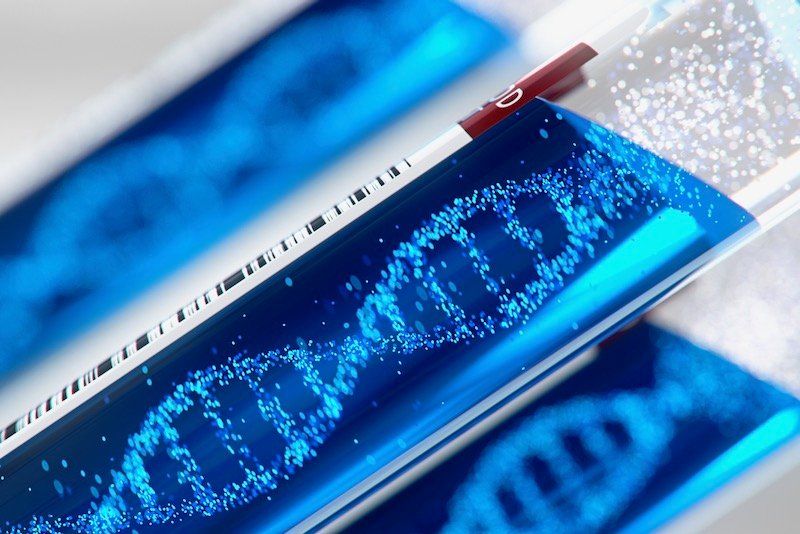Researchers at Stanford University have developed a CRISPR-based “lab on a chip” to detect COVID-19, and are working with automakers at Ford to develop their prototype into a market-ready product.
This could provide an automated, hand-held device designed to deliver a coronavirus test result anywhere within 30 minutes.
In a study published this week in the Proceedings of the National Academy of Sciences, the test spotted active infections quickly and cheaply, using electric fields to purify fluids from a nasal swab sample and drive DNA-cutting reagents within the system’s tiny passages.







